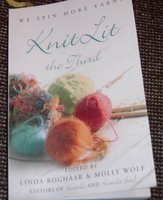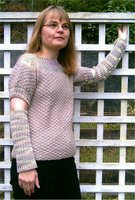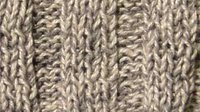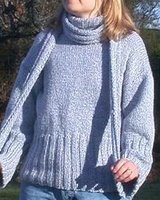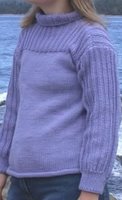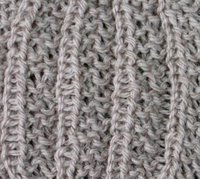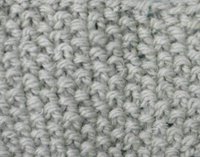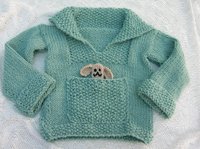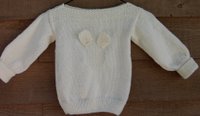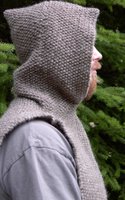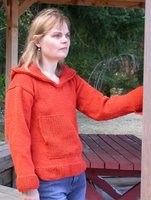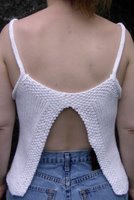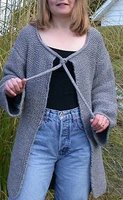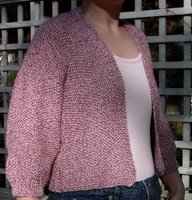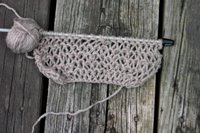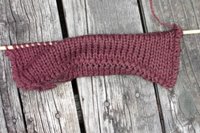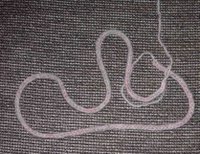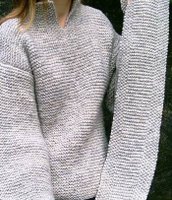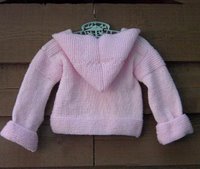 Today I am feeling very much an islander. As an islanders we rely heavily on BC ferries. It is one of our only means of vacating our beautiful island. Well, last night the "Queen of the North" sank. "S-A-N-K" that word gains new meaning when you live on an island. The "Queen of the North" sails to the Queen Charlotte islands. It has a capacity of 700 passengers. If it was not for the BC ferries crew and the residence of Hartley Bay this story would have not have had this happy ending: all survived and are safe.
Today I am feeling very much an islander. As an islanders we rely heavily on BC ferries. It is one of our only means of vacating our beautiful island. Well, last night the "Queen of the North" sank. "S-A-N-K" that word gains new meaning when you live on an island. The "Queen of the North" sails to the Queen Charlotte islands. It has a capacity of 700 passengers. If it was not for the BC ferries crew and the residence of Hartley Bay this story would have not have had this happy ending: all survived and are safe.
Stockinette stitch
"Rolling, rolling, rolling keep that knitting rolling...Stocking stitch"
My dictionary defines "stockinette" as 'an elastic knitted textile fabric'.
The stitch pattern goes by many names jersey, stocking stitch, stockinet stitch, and what I know it as "Stockinette stitch". I have had other knitters correct me saying, "Oh, you mean stocking stitch". Actually, all names are correct.
The Knitting Dictionary states that the jersey stitch "gets its name from the isle of Jersey where, for a very long time, fishermen's wives have knitted sweaters in this stitch for their husbands."
Pam Allen recounts the history of the stitch as dating back to the 1500's and the popularity of knitted stockings in England.
 This stitch pattern has a "right" and "wrong" side. The "right" side is called the stockinette stitch and is achieved by the knit stitch. In the above picture, the "right" side is on the left side. Notice how smooth it is.The stitch pattern is written like this:Row 1: knit - to end of row.Row 2: purl - to end of row.Repeat rows 1 and 2 for pattern.The "wrong" side is called the reversed stockinette stitch and is achieved by the purl stitch. In the above picture, the "wrong" side is on the right side. Notice the bumps. Count these bumps to determine how many rows you have.The stitch pattern is written like this:Row 1: purl - to end of row.Row 2: knit - to end of row.Repeat rows 1 and 2 for pattern.
This stitch pattern has a "right" and "wrong" side. The "right" side is called the stockinette stitch and is achieved by the knit stitch. In the above picture, the "right" side is on the left side. Notice how smooth it is.The stitch pattern is written like this:Row 1: knit - to end of row.Row 2: purl - to end of row.Repeat rows 1 and 2 for pattern.The "wrong" side is called the reversed stockinette stitch and is achieved by the purl stitch. In the above picture, the "wrong" side is on the right side. Notice the bumps. Count these bumps to determine how many rows you have.The stitch pattern is written like this:Row 1: purl - to end of row.Row 2: knit - to end of row.Repeat rows 1 and 2 for pattern.The correct abbreviation for Stockinette stitch is "STst". It is the only stitch pattern that uses capital letters. Why? I am not sure.
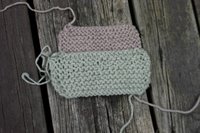 In fact, there are many things about this stitch pattern which leaves me scratching my head. Why if both the purl and knit samples lay flat does Stockinette stitch curl? Why if both the purl and knit samples look the same when worked separately do the stitches look different when worked in alternative rows? why...why...why...why
In fact, there are many things about this stitch pattern which leaves me scratching my head. Why if both the purl and knit samples lay flat does Stockinette stitch curl? Why if both the purl and knit samples look the same when worked separately do the stitches look different when worked in alternative rows? why...why...why...why
Could the reason Stockinette stitch curls be revealed in the above picture. I casted on twenty stitches for both samples. And yet, the green purl sample is wider than the tan knit sample. If one stitch is looser than the other it would make sense that it would curl towards the tighter stitch. Yet the sides curl towards the purl stitch. Whereas the top and bottom curls towards the knit stitch.
Okay, so I don't know why it happens but I do know a way to fix it. You see
 you tame the curl by adding a broader of garter stitch. As an alternative to the garter stitch boarder you work the boarder in seed or moss stitch. The topic of the next post will be the seed and moss stitch.
you tame the curl by adding a broader of garter stitch. As an alternative to the garter stitch boarder you work the boarder in seed or moss stitch. The topic of the next post will be the seed and moss stitch.
Other ways to tame the curl are to sew on a boarder, pick up the edge stitches and work a boarder from them or attempt to tame the curl by blocking your project. Of all these solutions, the best is the first I have described. ...at least in my opinion.
Olavia's hand knitting patterns which incorporate the Stockinette stitch.
 "Fair Wind" uses the Stockinette stitch curl to its advantage. The sweater's cuffs, waist and neck curl. The hat's brim also has an attractive curl.
"Fair Wind" uses the Stockinette stitch curl to its advantage. The sweater's cuffs, waist and neck curl. The hat's brim also has an attractive curl. "Honey Bunny" Did you guess correctly? This was the design I forgot in yesterday's post. The child's sweater features garter stitch on the neck, cuffs, pocket, and shoulders. The body is worked in Stockinette stitch. I am often asked if "honey bunny" can be worked on circular needles. The answer is yes. What you do is add the stitches required for the front and back together and cast on this number of stitches. You would then knit until you reach the underarms of the sweater. I do not include instructions for circular needles in the pattern. I have been toying with the idea of including them. Finally, I have decided against it. Why? My patterns are written for the advanced beginner and beginner. (although many knitters of intermediate and advanced level skill also enjoy knitting them) This skill level does not use circular needles. If you are frustrated by my response please send me an email: leanne@oknitting.com Who knows you may be able to change my mind.
"Honey Bunny" Did you guess correctly? This was the design I forgot in yesterday's post. The child's sweater features garter stitch on the neck, cuffs, pocket, and shoulders. The body is worked in Stockinette stitch. I am often asked if "honey bunny" can be worked on circular needles. The answer is yes. What you do is add the stitches required for the front and back together and cast on this number of stitches. You would then knit until you reach the underarms of the sweater. I do not include instructions for circular needles in the pattern. I have been toying with the idea of including them. Finally, I have decided against it. Why? My patterns are written for the advanced beginner and beginner. (although many knitters of intermediate and advanced level skill also enjoy knitting them) This skill level does not use circular needles. If you are frustrated by my response please send me an email: leanne@oknitting.com Who knows you may be able to change my mind. No one will deny that it would be nice to sail through life in garter stitch...but then we would miss the challenge of the purl stitch.
 This morning hubby left for the last hockey "tournie" of the year. If all goes for him he will come home victorious on Sunday. If all goes well for me he will be home on Saturday. ...of course I don't wish them any bad luck ...but
This morning hubby left for the last hockey "tournie" of the year. If all goes for him he will come home victorious on Sunday. If all goes well for me he will be home on Saturday. ...of course I don't wish them any bad luck ...but My bike continues to receive much needed care. I am told that it will be another week. ...another week of sunshine. ...another week of perfect bike riding weather. ...another week without.
My bike continues to receive much needed care. I am told that it will be another week. ...another week of sunshine. ...another week of perfect bike riding weather. ...another week without.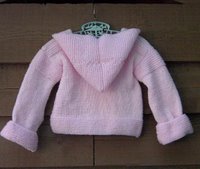 My web site is managed by a capable, talented web designer. Unfortunately, many happy customers have found her. So her desk is full. I attempt to wait patiently for my web site updates.
My web site is managed by a capable, talented web designer. Unfortunately, many happy customers have found her. So her desk is full. I attempt to wait patiently for my web site updates. ArtCraft has informed me that they are waiting patiently for my inventory list. They will continue to wait patiently until April 19th. Will I make the deadline? Hope so.
ArtCraft has informed me that they are waiting patiently for my inventory list. They will continue to wait patiently until April 19th. Will I make the deadline? Hope so.  I await "the" issue of Knit Together that features "Hey Blondie". "Hey Blondie" is a tribute to the iconic blonde movie stars of the 1950s and 60s. I used Kraemer Yarns "Little Lehigh" in the design. I highly recommend this cotton/acrylic blend.
I await "the" issue of Knit Together that features "Hey Blondie". "Hey Blondie" is a tribute to the iconic blonde movie stars of the 1950s and 60s. I used Kraemer Yarns "Little Lehigh" in the design. I highly recommend this cotton/acrylic blend. 
